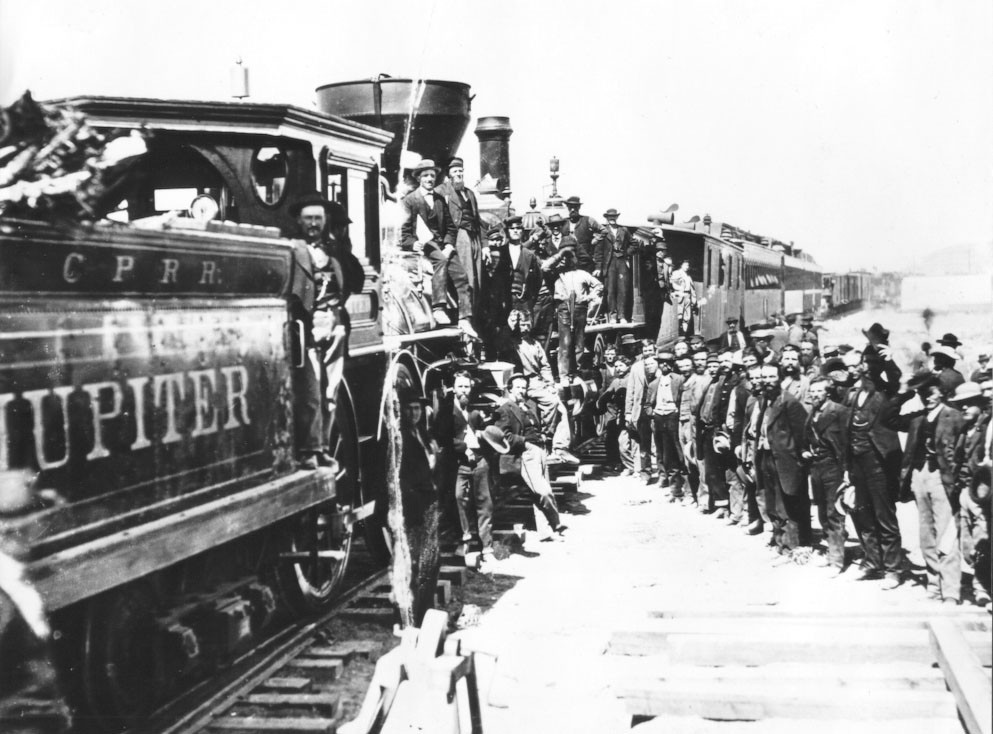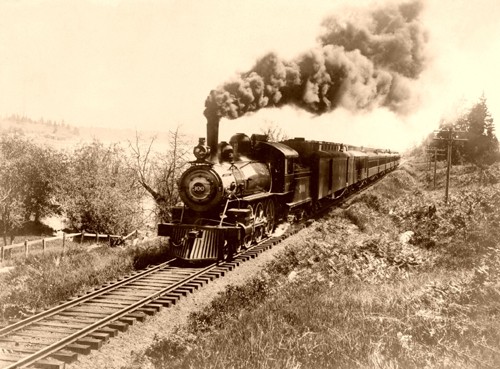Industry Railroads
Post on: 16 Март, 2015 No Comment

Contents
At first blush, railroads might look like an ideal investment. They are monopolistic in nature and have ridiculously high barriers to entry thanks to the enormous cost of securing land and building new railroad tracks. Therefore, existing rail companies should capitalize on America’s ever-growing GDP.
However, a quick read of a few of the large railroads’ annual reports will find risk sections chock full of bad stuff. For starters, railroads still face a fair amount of government regulation on rates and business practices (though less than in the past). Next, competition from truckers and shipping companies is intense. Additionally, railroad companies are heavily unionized and face large portions of their workforce retiring in the next decade – and don’t forget ever increasing post-retirement pension and healthcare obligations. There are also sizeable environmental, personal injury, and asbestos-related accrued liabilities on railroad companies’ balance sheets that one never likes to see. Lastly, the capital intensity of a railroad business is very high – this largely eliminates new competition but has ensured rather paltry historical returns on invested capital. Consequently, most large railroads have had to run with significant levels of debt just to deliver relatively sub par returns to equity investors over the years. Railroad companies’ shares (prior to the last couple of years) had not created much wealth for their investors in decades.
North American Railroad Industry
Waves of industry consolidation in the rail sector over the years have left seven major public rail companies in the U.S. and Canada
U.S.
Canada
Market caps range from $2.5 billion to $30 billion for the largest in the railroad industry, Union Pacific. In comparing companies, a few things stand out. Ignoring smallish KC Southern, which has the worst balance sheet and operating metrics of the group, the biggest six of the North American railroad industry trade for virtually the same trailing and forward P/E multiples, sport around the same dividend yields, and carry similar debt loads in terms of operating income. Canadian National and Burlington lead the capital-intensive industry in terms of returns on invested capital.
Coal Transportation Drives Half of all U.S. Rail Shipments
Competition
Other Players
- Railroad operators
- Railroad parts makers: GE makes engines

Derivative Plays
Hub Group (HUBG) is an asset light intermodal logistics company Wabtec (WAB) makes the brakes used in rails and subway busses in many countries around the world. KMG Chemicals (KMGB) is a small chemical company with 80% of its revenue coming from sales of chemicals used to treat rail road ties
Implication on Other Modes of Transport
The rail industry is competing against other shipping industries. The most prominent competitor is the trucking industry. For many years the price of oil was low and the trucking companies could ship goods for less. If you were running a business and needed to ship goods en masse, you would have searched for the cheapest and most reliable method, and that would have been through trucks. Now, however, oil is breaking through new records and the tables have turned. Trucking, which relies even more heavily on oil prices than rail does, is facing serious cost increases and is forced to pass the increased expenses onto the customer.
Shipping through rail is becoming increasingly attractive for those businesses that need to ship goods within North America. Why? Every dollar that oil goes up hits the trucking industry far harder than it hits the rail shipping industry. Consider this:
A train can ship 1 ton of cargo 400 miles on 1 gallon of diesel, whereas a truck can ship 1 ton of cargo only 125 miles on 1 gallon of diesel. These cases assume that both the train and truck are loaded close to maximum gross weight in all of their attached cars.
This is exactly why Mr. Buffett decided to invest in railroads. He knows the economics of the industry in and out, and knows that businesses are making the switch. Mr. Buffett also knows the increasing usage of biofuels — such as ethanol and biodiesel — are opening up a whole new market for shippers to attract. [1]
Trucking and other forms of transportation might be harmed by increased railroad shipment and benefit from a decrease in railroad use.














